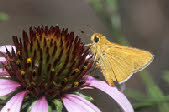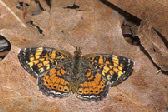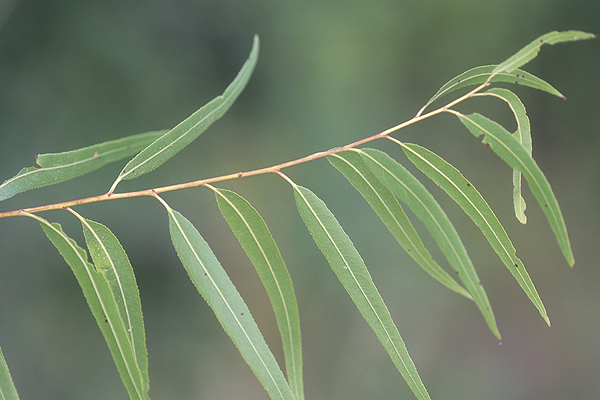The Butterflies of the World Foundation
A Non-





Mourning Cloak
Nymphalis antiopa, Linnaeus, 1758
Subfamily Nymphalinae
Tribe Nymphalini
Taxonomy
The family Nymphalidae is the largest butterfly family and includes about 6,000 species which are further divided up into 12 subfamilies. The common name for the family is the Brushfoots or Brushfooted Butterflies. This strange name is because the first pair of legs are significantly reduced, sometimes to mere stubs, and look like little brushes. Some of the most common and well known species are in this group such as the Monarch, Red Admiral, Blue Morpho and Painted Lady. Some of the longest lived butterflies are in this family with some species living over 10 months as adults. The Brushfoots are distributed worldwide, with the highest diversity found in the tropics. With this variety, there is also quite a difference in behavior, adult food choices and habitat preference from species to species.
All photographs, artwork, text and website design are the property of The Butterflies of the World Foundation (unless otherwise stated) and are protected under national and international copyright laws. Photographs, artwork or text on this website may not be reproduced in any way without prior written consent of The Butterflies of the World Foundation.
Nymphalis antiopa, Lexington Wildlife Management Area, Cleveland County, Oklahoma,
16 May 2007 Ref
#: I-

Nymphalis antiopa, Lexington Wildlife Management Area, Cleveland County, Oklahoma,
16 May 2007 Ref
#: I-

Nymphalis antiopa, Wichita Mountains National Wildlife Refuge, Comanche County, Oklahoma,
22 May 2007 Ref #:
I-

Black Willow, Salix nigra, a common larval food plant, Lexington Wildlife Management
Area, Cleveland County, Oklahoma N-

Black Willow, Salix nigra, a common larval food plant, Lexington Wildlife Management
Area, Cleveland County, Oklahoma N-

Black Willow, Salix nigra, a common larval food plant, Lexington Wildlife Management
Area, Cleveland County, Oklahoma N-
General Information:
Nymphalis antiopa belongs to the subfamily Nymphalinae. Its ranges is all of North America south of the tundra to central Mexico. Its rarely seen in the Gulf States and peninsular Florida. This wide ranging species is also native to temperate Eurasia where is it called the Camberwell Beauty in some places. This is one of the longest lived butterflies as an adult with life spans up to 11 months.
Lifecycle:
The larval food source includes several trees such as willows, including black willow,
Salix nigra, weeping willow, S. babylonica, and silky willow, S. Sericea. Also American
elm, Ulmus americana, cottonwood, Populus deltoides, aspen, P. tremuloides, paper
birch, Betula papyrifera, and hackberry, Celtis occidentalis. Overwintered adults
mate in the spring, the males perching in sunny openings during the afternoon to
wait for receptive females. Eggs are laid in groups circling twigs of the host plant.
Caterpillars live in a communal web and feed together on young leaves, then pupate
and emerge as adults in June or July. After feeding briefly, the adults estivate
until fall, when they re-

Nymphalis antiopa, Winnipeg, Manitoba, 1 July 2001
Ref
#: I-

Nymphalis antiopa, Albuquerque, New Mexico, 1 July 1997
Ref
#: I-

Nymphalis antiopa, Lexington Wildlife Management Area, showing mud-

Nymphalis antiopa, Lexington Wildlife Management Area, Cleveland County, Oklahoma,
9 May 2012 Ref
#: I-

Nymphalis antiopa, Lexington Wildlife Management Area, Cleveland County, Oklahoma,
9 May 2012 Ref
#: I-

Nymphalis antiopa, Pontotoc Ridge Preserve, Pontotoc County, Oklahoma, 19 May 2012
Ref
#: I-